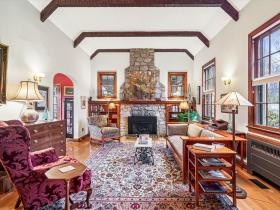What's Hot: Nearly $1 Million An Acre: Pricey Land Sale Near Dan Snyder's Alexandria Home Closes Out 2025
 Southwest Waterfront: A Neighborhood Where A Change Is Gonna Come
Southwest Waterfront: A Neighborhood Where A Change Is Gonna Come
✉️ Want to forward this article? Click here.
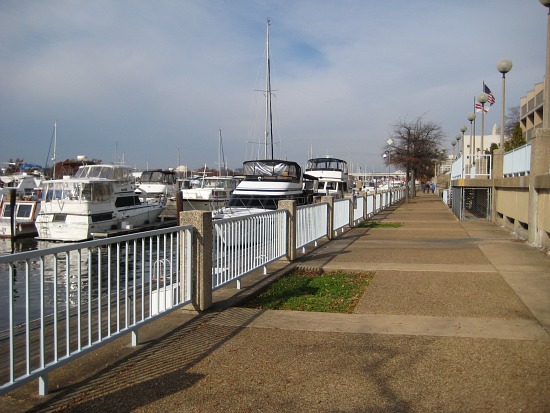
Southwest Waterfront Marina
The history of DC’s Southwest Waterfront reads like a primer on city planning trends. Though it teemed with activity in the early part of the last century, the neighborhood fell prey to 1960s-era urban planning philosophies that resulted in monolithic blocks virtually devoid of human activity.
These days, the concept of small-scale urban vitality is back in fashion, and developers have big ideas for the area. A number of plans are already underway for the neighborhood, which is set squarely in the middle of the city’s smallest quadrant. And while not all of the area’s residents welcome the changes that are on the way, many newer arrivals are embracing the plans that promise to drastically remake the urban landscape in the next few years.
DC’s Example of Urban Renewal
The Southwest Waterfront feels isolated from the rest of the city: to the north, the Southwest Freeway blocks it from the Mall and affiliated federal buildings, to the east is the Washington Channel, and to the south is Fort McNair and the quasi-industrial Buzzard Point area. Only South Capitol Street to the east connects the neighborhood to the rest of the city. That said, it is within walking distance of the Air & Space Museum and other museums on the Mall.
It wasn’t always that way. A hundred years ago, the area was a crowded enclave, the first stop for immigrants from Europe as well as freed slaves and other African Americans who’d made their way to DC. Though poor, it was a scene of row houses with busy stoops, small bodegas scattered about, and bustling street activity, all centered around what is now 4th Street SW (back then it was called 4 1/2 Street).
But the area started to decline in the 1920s, and by the late 1950s, concerns about the existence of a squalid neighborhood in the shadow of the Capitol led to the city’s first big experiment in what’s now referred to as “urban renewal.” Human-scale homes and shops were replaced by massive office blocks and high-rise apartment buildings, many of which stood on stilts to allow for ground-floor parking. The result was an area built on a large scale, with human activity removed from sight.
Even at the marina on the neighborhood’s western fringe, the construction of a narrow pebblestone boardwalk and restaurants that blocked views of the water seemed designed to minimize the area’s best feature. Only the Maine Avenue Fish Market, at the marina’s northern end, retained a sense of vitality.
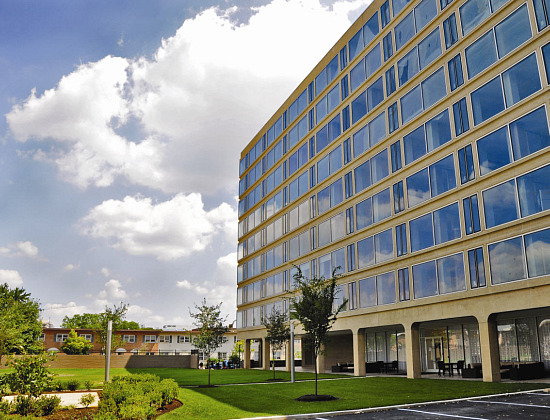
Waterfront Tower
The Neighborhood’s Upside
Except for some very recent changes, Southwest Waterfront appears today much like it did decades ago. That said, its separation from the rest of the city gives it a relatively peaceful feeling, and the area is greener and more spacious than many other neighborhoods in DC.
“The open spaces in Southwest make it a place where you can get out and interact with nature,” said Will Rich, an eight-year resident who writes the Southwest…The Little Quadrant that Could blog. “It’s nice to go out and party in the other sections of DC, and then come back to somewhere quiet.”
It’s also one of the cheapest places to buy a condo or co-op in the city. Many of the big apartment buildings built in the late 1950s and ‘60s have been converted into condos and some have been seriously renovated. Waterfront Tower, for example, has been fully modernized as a luxury “green” condo project. The northern end of the neighborhood also includes a number of town homes that cost roughly the same as condos and co-ops in other parts of the city.
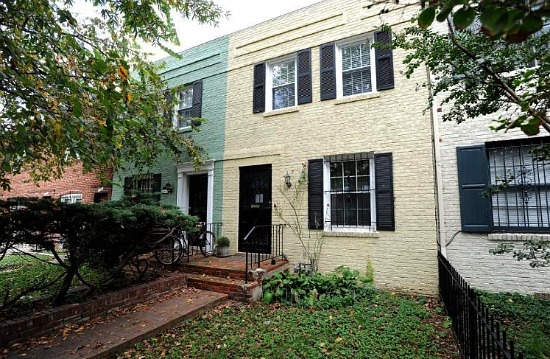
A Row House in the Southwest Waterfront
Prices for a studio start as low as $116,000 and average around $144,877, according to David Bediz of Dwight and David Real Estate Group. One-bedroom units are averaging $216,920, and two-bedrooms are selling for around $345,330.
As for renting, a studio apartment runs somewhere between $1,200 and $1,700 per month, and a one-bedroom apartment $1,500 to $2,000.
Residents Who You’d Imagine—And a Few You Might Not
Southwest Waterfront is home to a surprisingly diverse population.
“A lot of federal employees moved to the area [after the area was redeveloped] and some have been here for 30, 40 years,” explained Rich. “But now there are quite a few younger people, some with families, but a lot of singles.”
Southwest Waterfront is also home to a number of public housing projects that lie to the east and to top off the mix, several hundred folks live on boats in the Washington Marina, one of the largest “live-aboard” communities in the country.
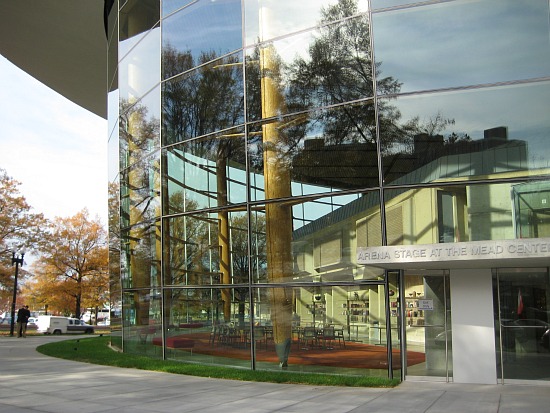
The New Arena Stage
Hello, Shopping and Dining Options!
Commerce — or lack thereof — has long been the neighborhood’s Achilles heel. Residents who wanted to duck out for a quick bite or a gallon of milk have long had few options: other than a basic Safeway and a few overpriced restaurants in the marina, there was very little commercial activity in the area for years.
All that’s changing, though. An increase in dining, retail, and entertainment options is at the heart of the new development planned for the area.
Garnering headlines across the country was the two-year renovation of Arena Stage, a theater venue that’s been in the area for decades. In October, the new space—a curvilinear glass and wood confection that houses three separate stages and a café run by celebrity chef Jose Andres—opened to much fanfare.
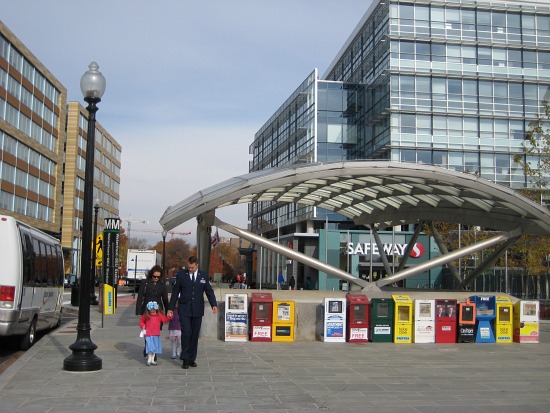
Waterfront Station
Another development, Waterfront Station, recently concluded its first phase of construction. A $750 million project clustered around the Waterfront-SEU Metro Station, this first phase included a sparkling new Safeway that includes a Starbucks, dry cleaning business, and CVS Pharmacy, and recently a Subway moved in. In January, Station 4, the area’s first sit-down restaurant in years, is scheduled to open.
They’re Promising It Won’t Be National Harbor
The biggest news for the area is the projected renovation of the Waterfront, slated to begin in 2012. Occurring in three phases that won’t be completed until 2018, the $1.5 billion, 26-acre project will result in a radically changed area, one with 60 percent open space in the form of public piers, parks, plazas, pedestrian streets, and a farmers market to complement the fish market.
The plans call for transforming the current drab structure into a dynamic, people-friendly commercial zone — a neighborhood first and foremost, and a tourist destination (catching overflow from the Mall) second. Despite the addition of more than 300,000 square feet of retail space (only 20 percent of which is guaranteed to be local) and double that in office space, developer PN Hoffman says it will have a quirky feel to match the existing neighborhood.
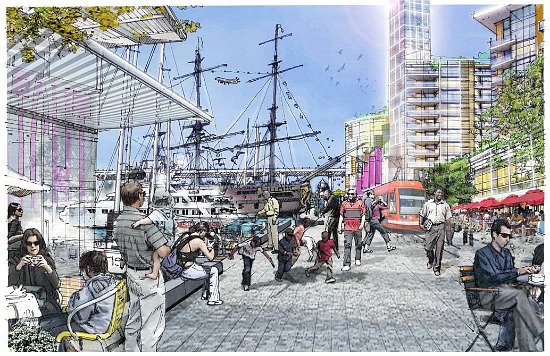
Rendering of the Future Southwest Waterfront
The new development will include over 500 residential units, 30 percent of which will be set aside for low-income residents. With other new developments also adding housing, the neighborhood population should swell considerably beyond its current 23,000 residents.
Mixed Emotions
Whether all the impending changes are a good thing depends on who you ask.
“I’m from Baltimore, and I’m thinking the development will be like Harborplace [Mall] there—just for tourists,” worried Katherine Martin, 79, who’s lived in a townhouse in the neighborhood since 1987. Martin reminisced about the old days, when she could walk to various services in the 4th Street mall. “The sad thing is now we have this rejuvenation. The streets are torn up and the mall’s been emptied out.”
But Maria (who declined to give her last name) disagreed with that perspective. “I’m glad they’re doing things to bring more commercial businesses, glad we have a nice grocery store finally,” she said. “It’s nice to have a few more places to go, and nice that it increases our property values somewhat.”
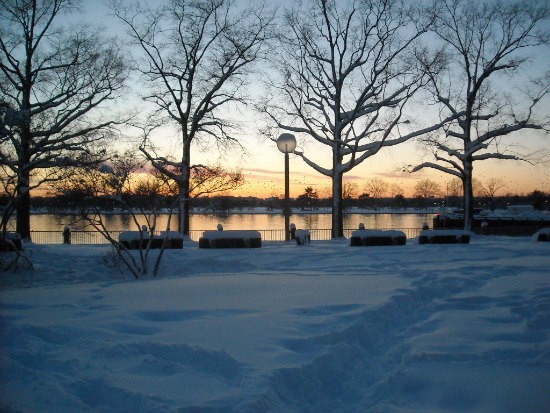
The neighborhood during Snowpocalypse. By Margaret McCown.
According to Will Rich, this divide in opinions is typical for the area.
“There’s a split between residents,” he said. “Seeing a huge redevelopment occurring takes some getting used to. But newcomers haven’t experienced it for all that long, and seeing this makes them excited because there’s more things to do, and their property values will go up.”
The Bottom Line
Current and planned changes to the Southwest Waterfront promise to bring some much-needed vitality to the community, as well as a lot more retail and dining options. But the question of whether the neighborhood’s best qualities, like its sense of peace and distance from the rest of the city, will be preserved is impossible to answer at this point. One thing is fairly clear, though — the neighborhood will likely look very different in ten years.
Amanda Abrams is a Washington, DC-based journalist who has written feature stories for The Washington Post, Christian Science Monitor, and Washington City Paper.
More Info on Southwest Waterfront
- Zip code: 20024
- Public transit: Southwest Waterfront is served by the Waterfront-SEU Metro station on the Green Line, and is within walking distance of the L’Enfant Plaza station on the Blue and Orange Lines. The area is also served by the 70, 71, A9, A42, P1, P2, V8, V9 bus lines and the Circulator.
- Driving: The neighborhood is easy to get in and out of; the Southwest Freeway gives easy access to I-295, I-395, and the George Washington Parkway.
- Schools: Amidon-Bowen Elementary School, Jefferson Middle School, and Woodrow Wilson Senior High School
- Southwest Neighborhood Assembly
- Southwest…The Little Quadrant That Could
- Southwest Waterfront real estate data and profile from Redfin
- Southwest Waterfront rental listings from Craigslist
See other articles related to: dclofts, hoods, southwest waterfront
This article originally published at https://dc.urbanturf.com/articles/blog/southwest_waterfront_a_neighborhood_where_a_change_is_gonna_come/2718.
Most Popular... This Week • Last 30 Days • Ever

Today, UrbanTurf offers a brief explanation of what it means to lock in an interest r... read »

The 30,000 square-foot home along the Potomac River sold at auction on Thursday night... read »

An application extending approval of Friendship Center, a 310-unit development along ... read »
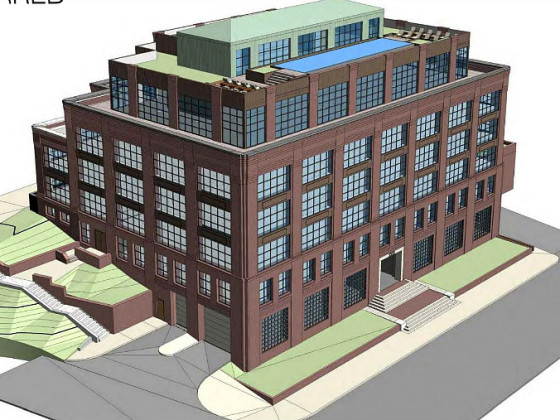
A key approval could be coming for a proposal to convert a Georgetown office building... read »
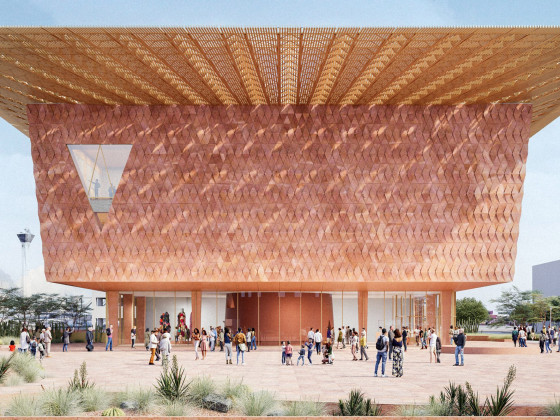
Capital Bikeshare breaks a record; Trump potentially legalizes weed sales in DC; and ... read »
DC Real Estate Guides
Short guides to navigating the DC-area real estate market
We've collected all our helpful guides for buying, selling and renting in and around Washington, DC in one place. Start browsing below!
First-Timer Primers
Intro guides for first-time home buyers
Unique Spaces
Awesome and unusual real estate from across the DC Metro





